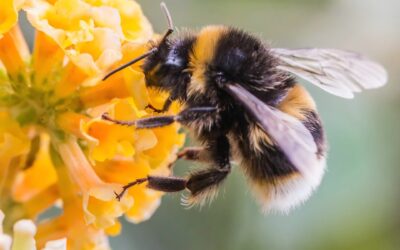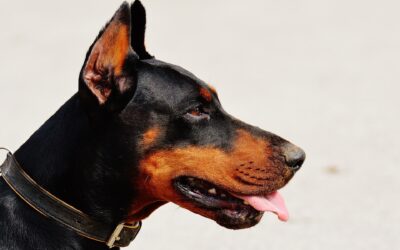![]()
![]() Keep Your Feline Friends Safe: A Warning About Toxic Plants in Your Home & Garden!
Keep Your Feline Friends Safe: A Warning About Toxic Plants in Your Home & Garden! ![]()
![]()
Did you know many common plants in our gardens can be highly toxic to our cats? As curious creatures, cats often nibble on plants, and this innocent act can lead to serious health problems, or even be fatal.
Common Culprits to Watch Out For:
![]() Lilies: ALL parts of the lily plant are extremely dangerous and can cause acute kidney failure. Even pollen can be deadly. If you have cats, never bring lilies into your home.
Lilies: ALL parts of the lily plant are extremely dangerous and can cause acute kidney failure. Even pollen can be deadly. If you have cats, never bring lilies into your home.
![]() Daffodils & Hyacinths: The bulbs are the most toxic part, but ingestion of any part can cause vomiting, diarrhoea, and lethargy.
Daffodils & Hyacinths: The bulbs are the most toxic part, but ingestion of any part can cause vomiting, diarrhoea, and lethargy.
![]() Tulips: Similar to daffodils and hyacinths, the bulbs pose the greatest risk.
Tulips: Similar to daffodils and hyacinths, the bulbs pose the greatest risk.
![]() Sago Palm: Highly toxic, especially the seeds, leading to severe liver damage.
Sago Palm: Highly toxic, especially the seeds, leading to severe liver damage.
![]() Oleander: All parts are extremely poisonous, affecting the heart.
Oleander: All parts are extremely poisonous, affecting the heart.
![]() Foxglove: Contains cardiac glycosides that can be life-threatening.
Foxglove: Contains cardiac glycosides that can be life-threatening.
![]() Rhododendron & Azalea: Can cause vomiting, diarrhoea, and cardiovascular issues.
Rhododendron & Azalea: Can cause vomiting, diarrhoea, and cardiovascular issues.
![]() English Ivy: Can cause gastrointestinal upset and skin irritation.
English Ivy: Can cause gastrointestinal upset and skin irritation.
![]() What to Do if You Suspect Poisoning:
What to Do if You Suspect Poisoning:
If you think your cat has ingested a toxic plant, don’t wait! Contact your vet immediately. Symptoms can include vomiting, diarrhoea, lethargy, drooling, difficulty breathing, or seizures.
![]() Prevention is Key:
Prevention is Key:
Research before you buy: Always check if a plant is pet-safe before bringing it home.
Elevate or remove: Place toxic plants in areas inaccessible to your cat, or better yet, remove them entirely.
Provide alternatives: Offer cat-safe plants like catnip, cat grass, or spider plants for them to chew on.
Be vigilant: Keep an eye on what your cat is sniffing or nibbling on, especially when outdoors.
![]() Let’s keep our purr-fect pals safe and sound! Share this post to spread awareness among fellow cat parents.
Let’s keep our purr-fect pals safe and sound! Share this post to spread awareness among fellow cat parents.




